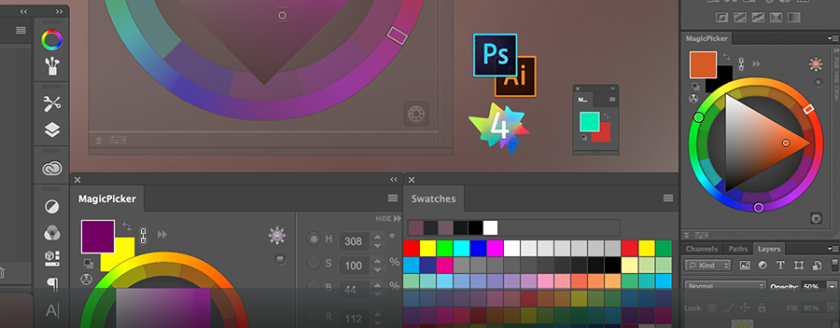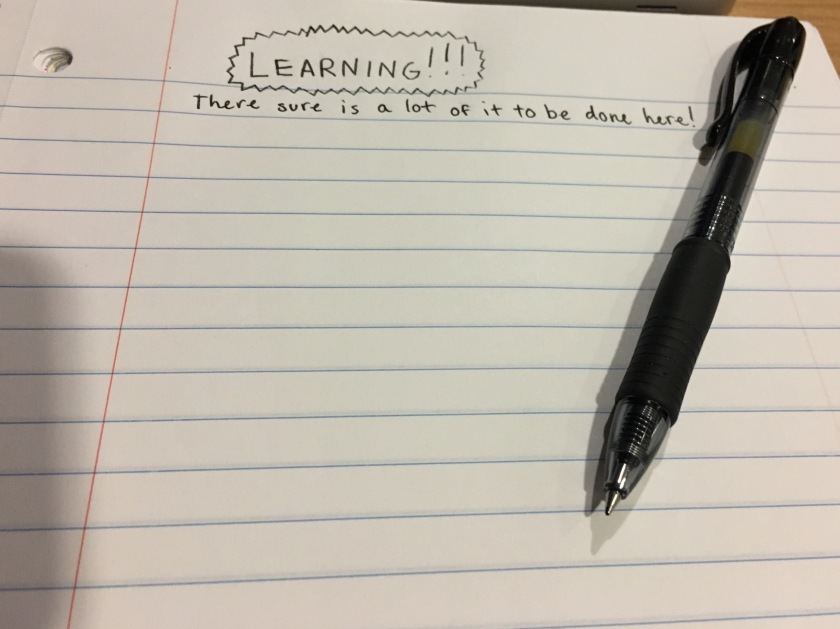It truly seems like it was only yesterday that I was sitting in the library setting up this blog and becoming accustomed to wordpress and its features for the first time, yet here I sit with the end of the semester approaching quicker by the day.
At the beginning, I was eager to learn how advertising and public relations were intertwined with technology, and how the use of today’s technology could help and AD/PR professional reach heightened levels of success with less struggle. Over the past 14 weeks, I’ve had some firsthand experience with how I can use various programs and outlets to my benefit when it comes to advertising.
The first, and in my opinion, most essential component of technology the class delved into was the Adobe Creative Cloud. As I covered in depth in another blog post, Adobe has a wide array of digital creative applications available for Mac and PC. With a little bit of practice, the applications can help anyone accomplish a myriad of creative tasks and walk away with a really clean and polished finished product. The Creative Cloud apps we focused on in class were Premiere, Photoshop, Audition, InDesign, and Illustrator.
Another incredibly invaluable exercise we did in class was the app design sprint. Split off into teams of 5 or 6 students, we were given 55 minutes to design the framework for a note-sharing smartphone/tablet app. Our instructor, Professor Dino explained that this was a normal happening in the world of marketing firms and said that he wanted us to have some firsthand exposure to the process. What started off as a slow bouncing of ideas quickly snowballed into a stressful rush to communicate details, finalize designs, and export files. The mounting pressure of a real-world sprint really showed through in the exercise. In the end, my team ended up being selected as the best design. (Not well deserved if you ask me, but I won’t go into detail.)
So, here as I sit at the end of the semester and reflect on what I’ve learned, I’m grateful for quite a bit. I’m grateful that I got a chance to work with like-minded students in an environment that was conducive to the subject. I’m grateful for exposure to real world situations that occur in the fields of advertising and public relations.  Finally, with the road ahead in mind, I’m grateful that amidst the chaos that a full semester of classes entails, I was able to truly learn about something and take away valuable skills from it.
Finally, with the road ahead in mind, I’m grateful that amidst the chaos that a full semester of classes entails, I was able to truly learn about something and take away valuable skills from it.



 Technology… what a subject! It’s a part of everything we humans do, and whether we’d like to admit it or not, it’s the truth. Even cultures and societies that don’t embrace monumental inventions and discoveries, such as electricity, still use technology to some extent.
Technology… what a subject! It’s a part of everything we humans do, and whether we’d like to admit it or not, it’s the truth. Even cultures and societies that don’t embrace monumental inventions and discoveries, such as electricity, still use technology to some extent.